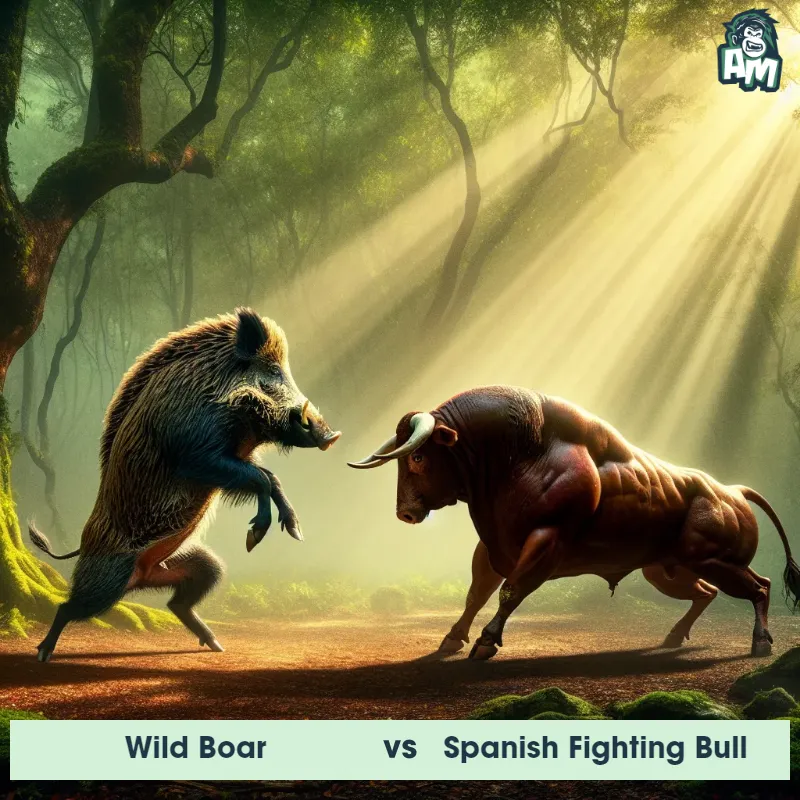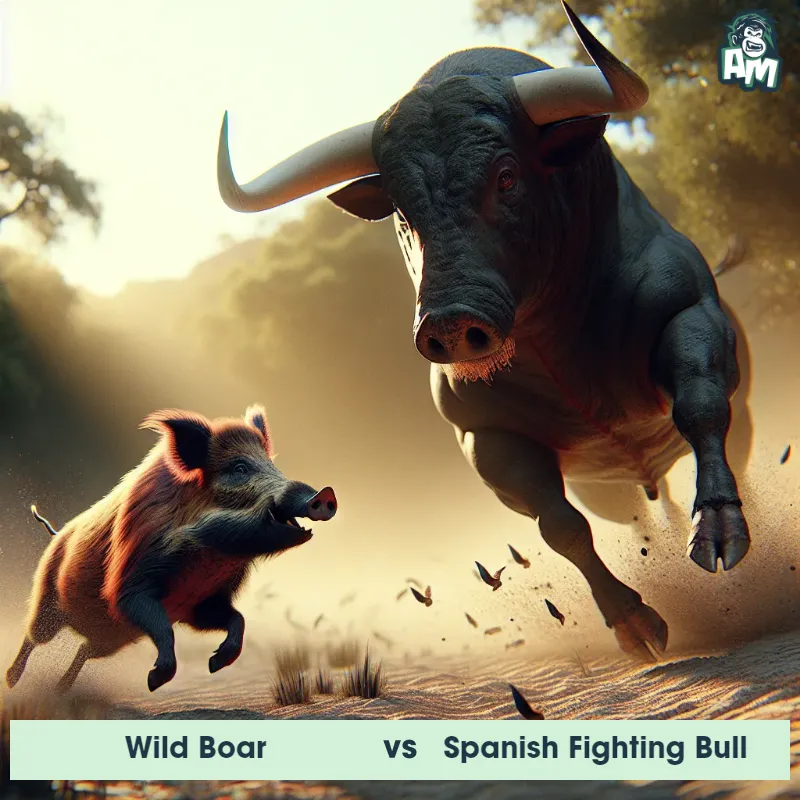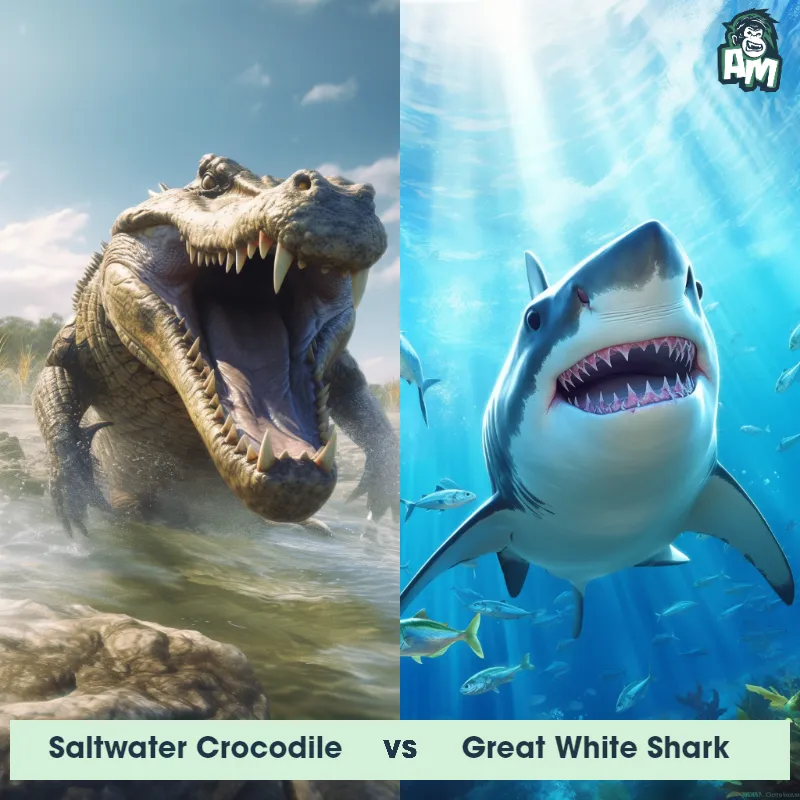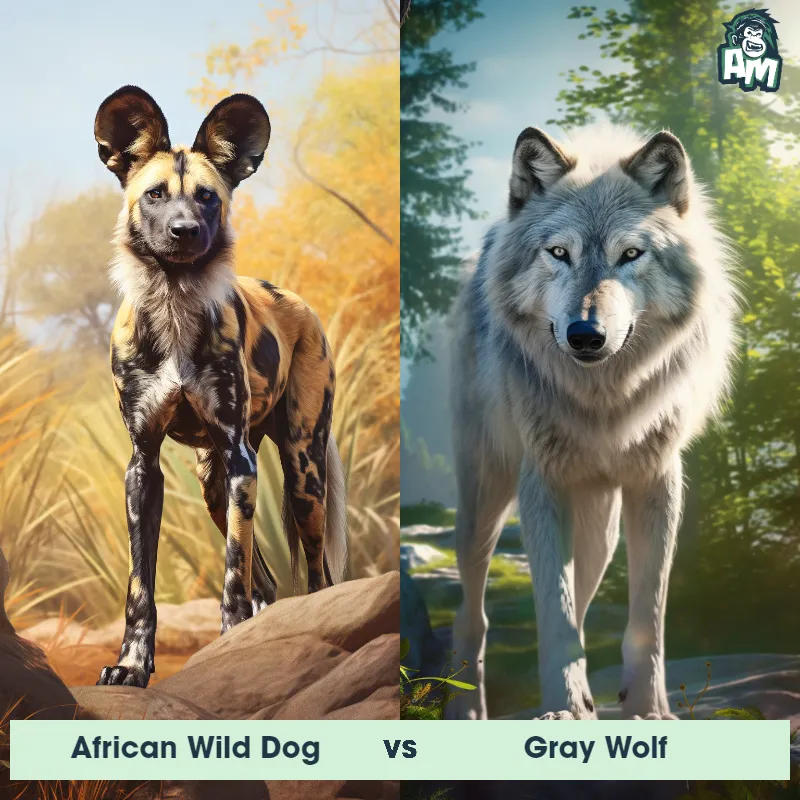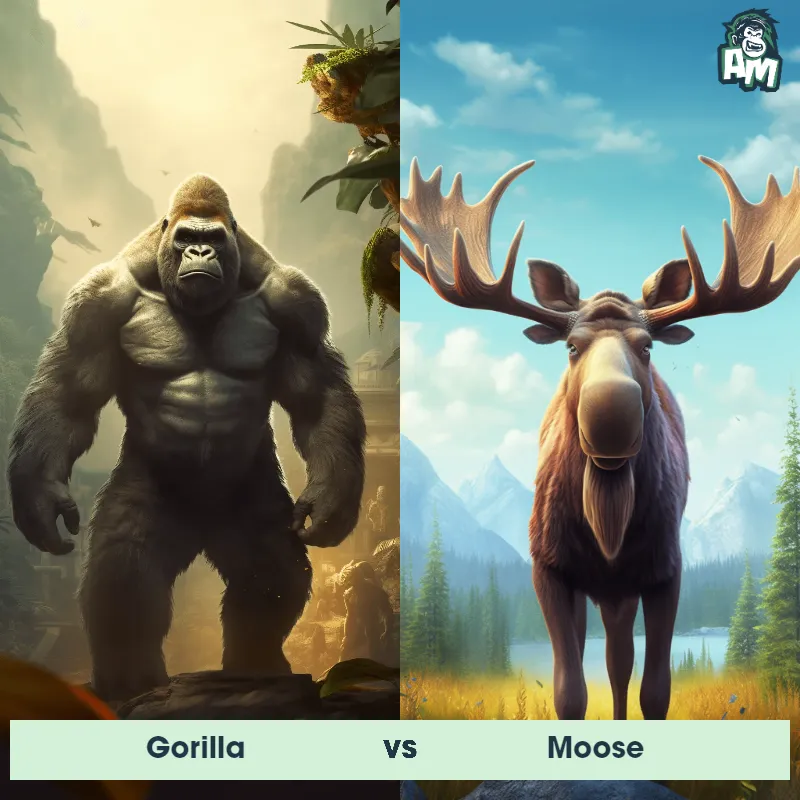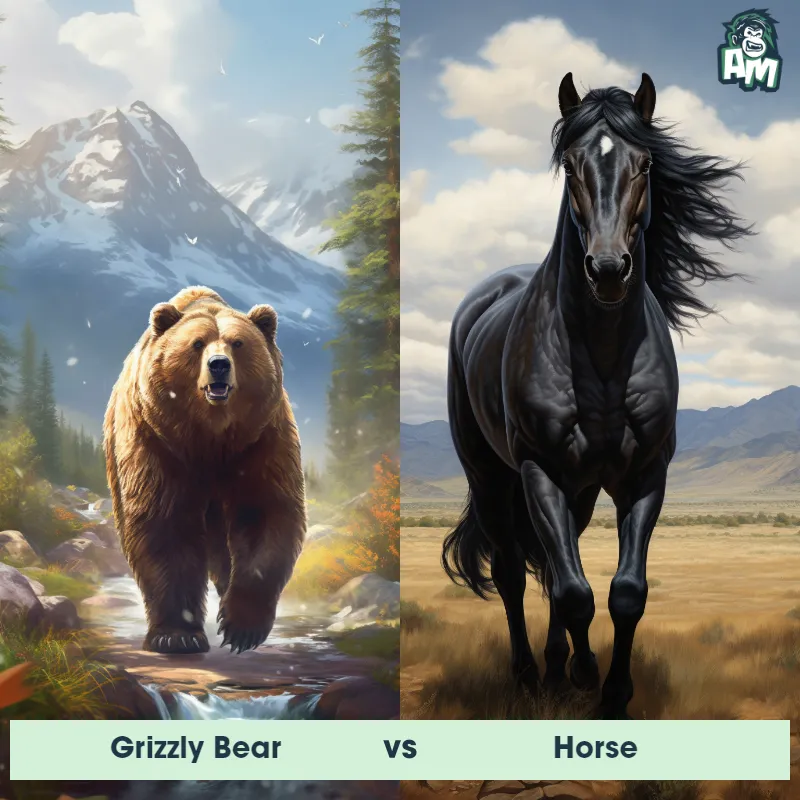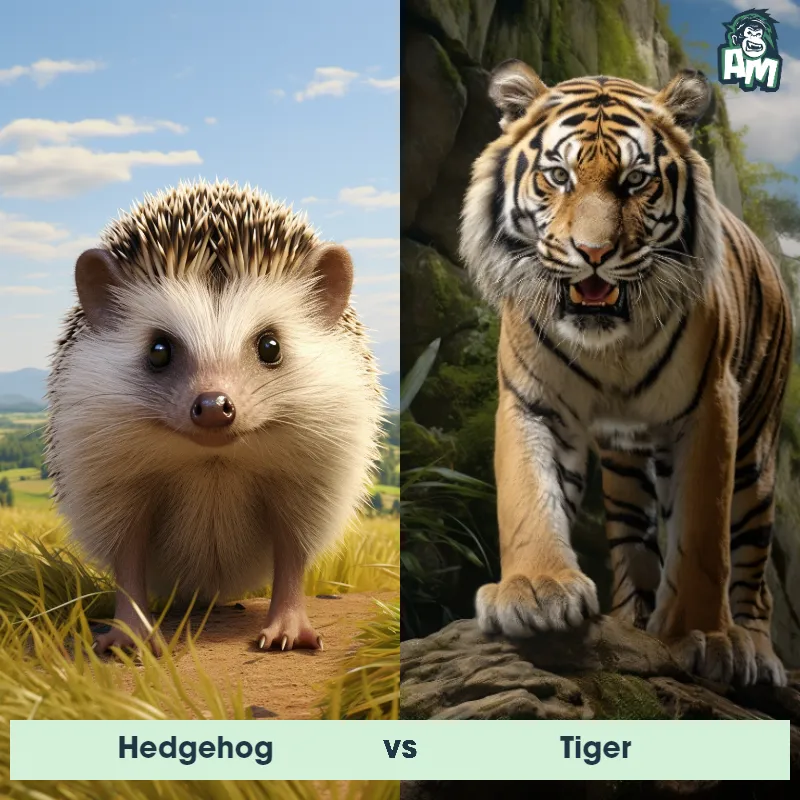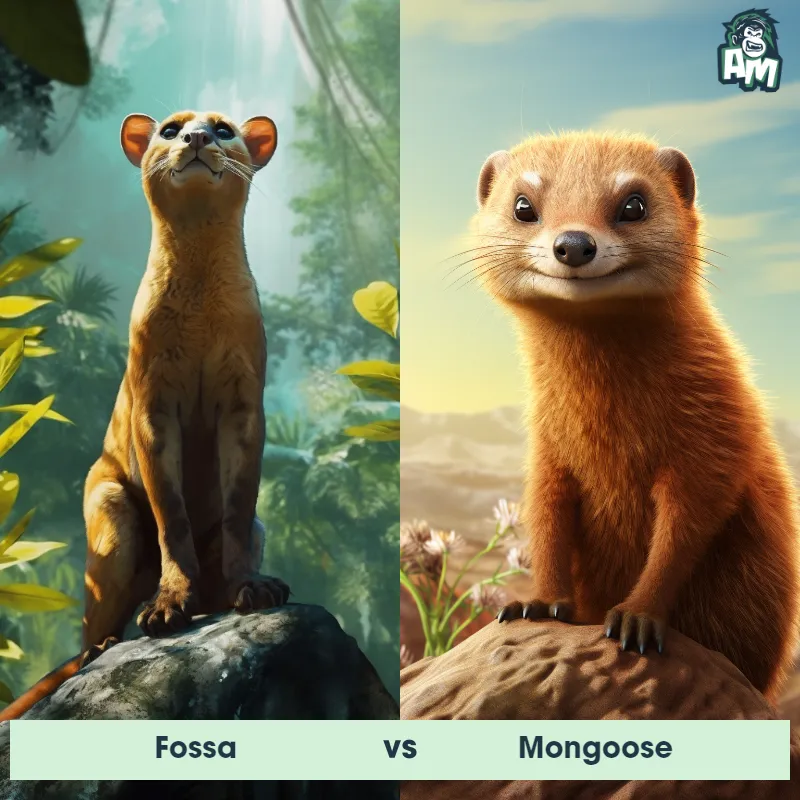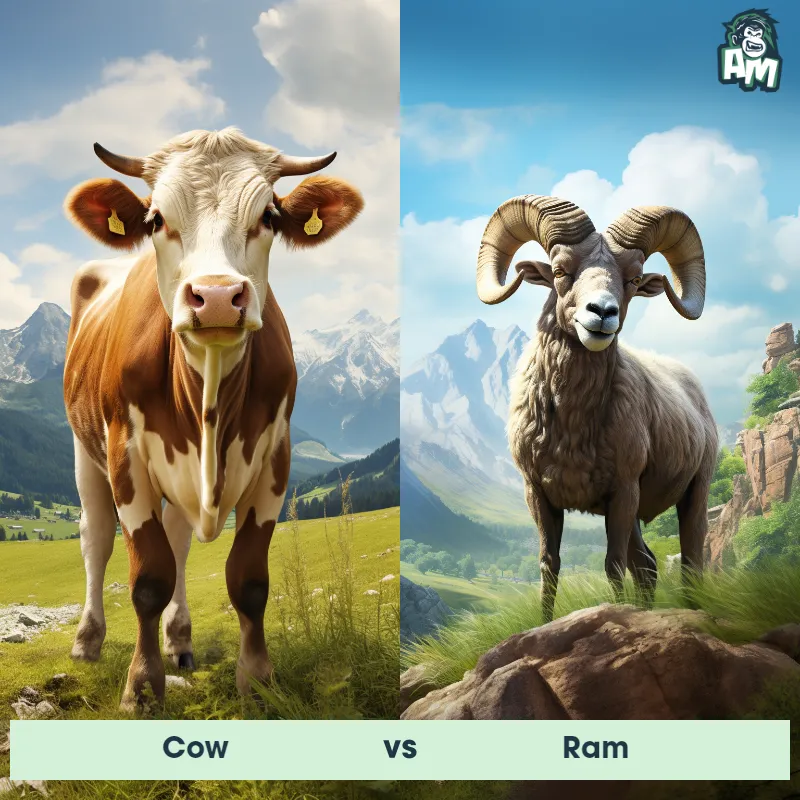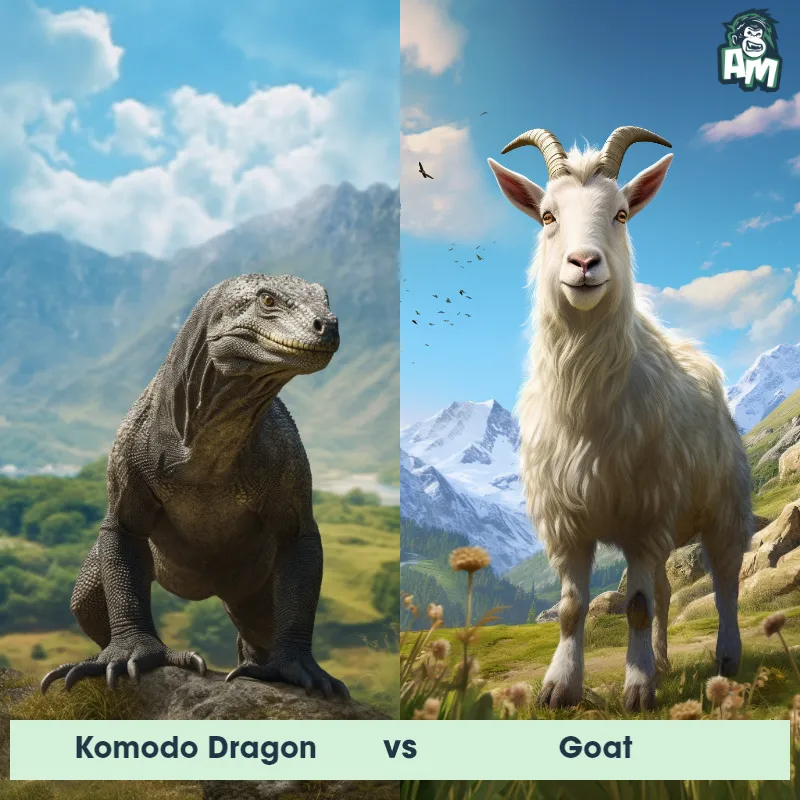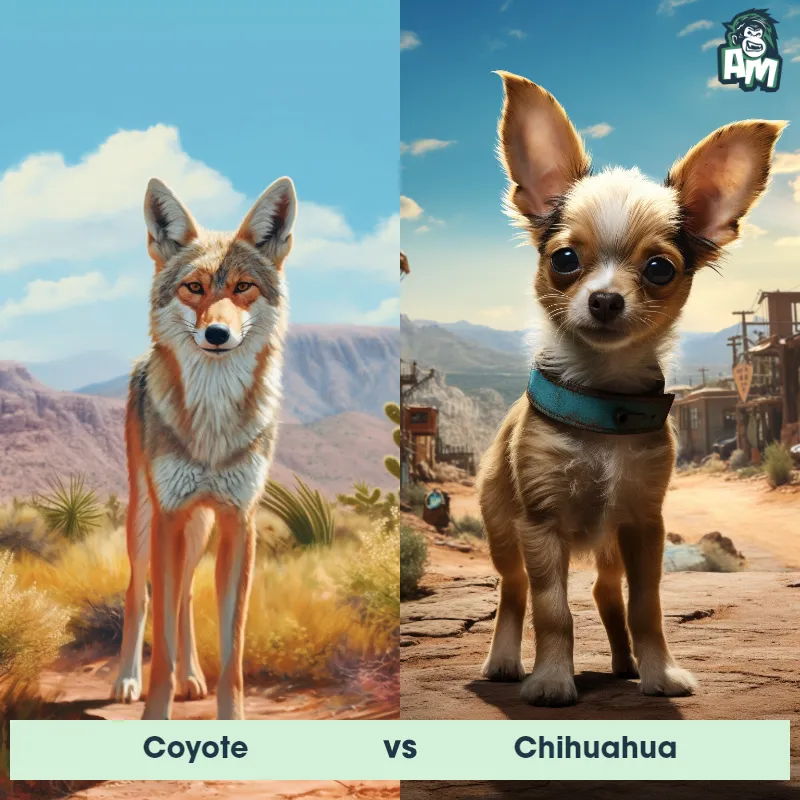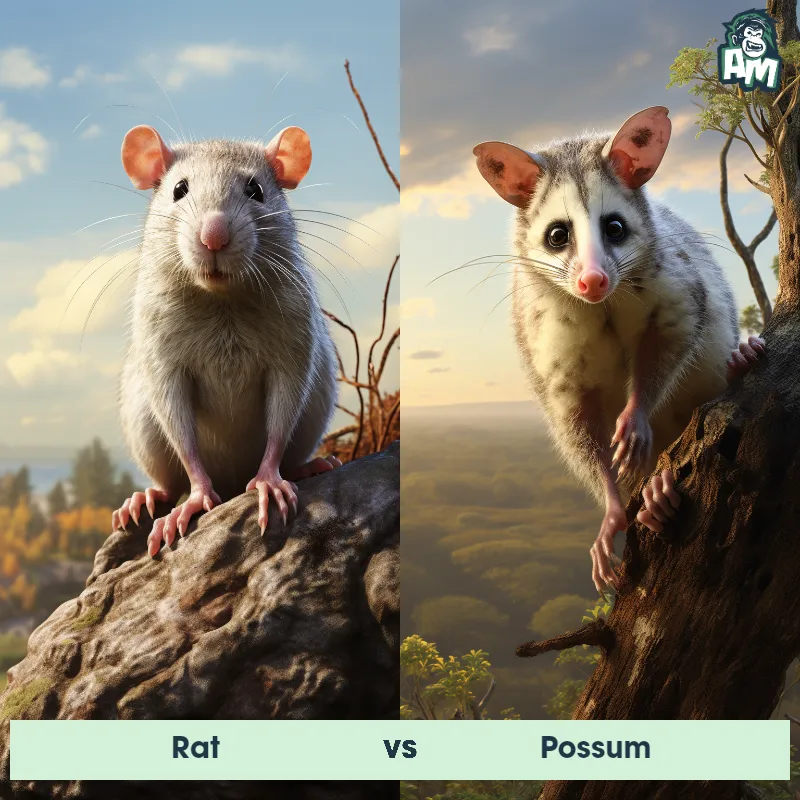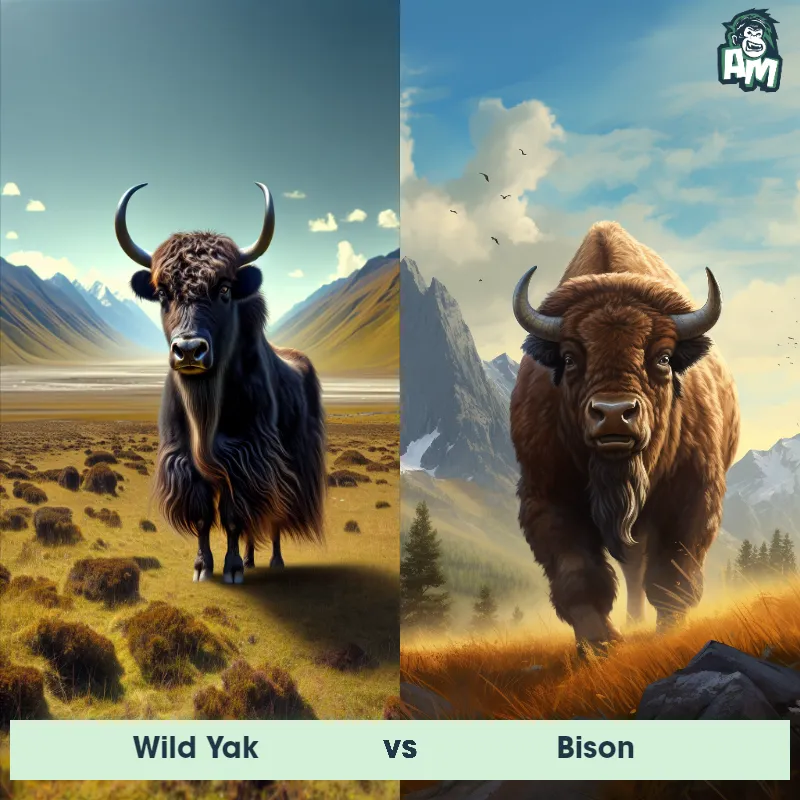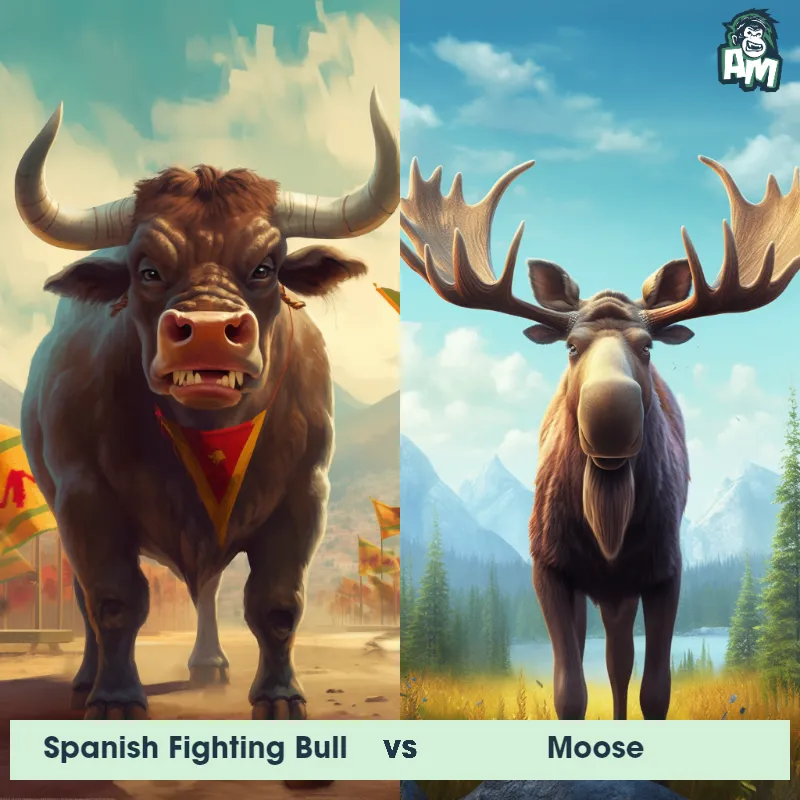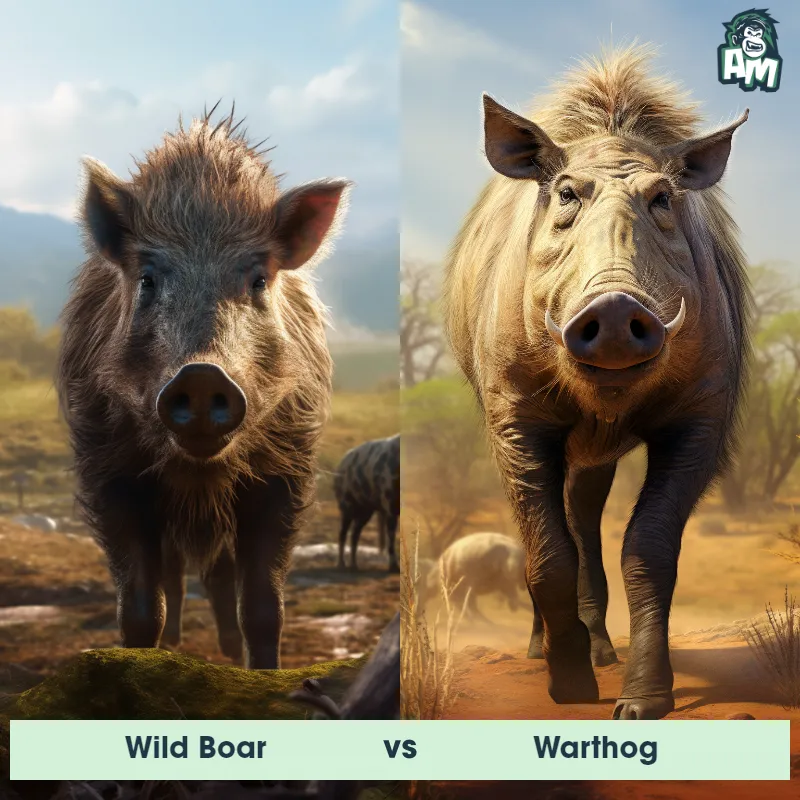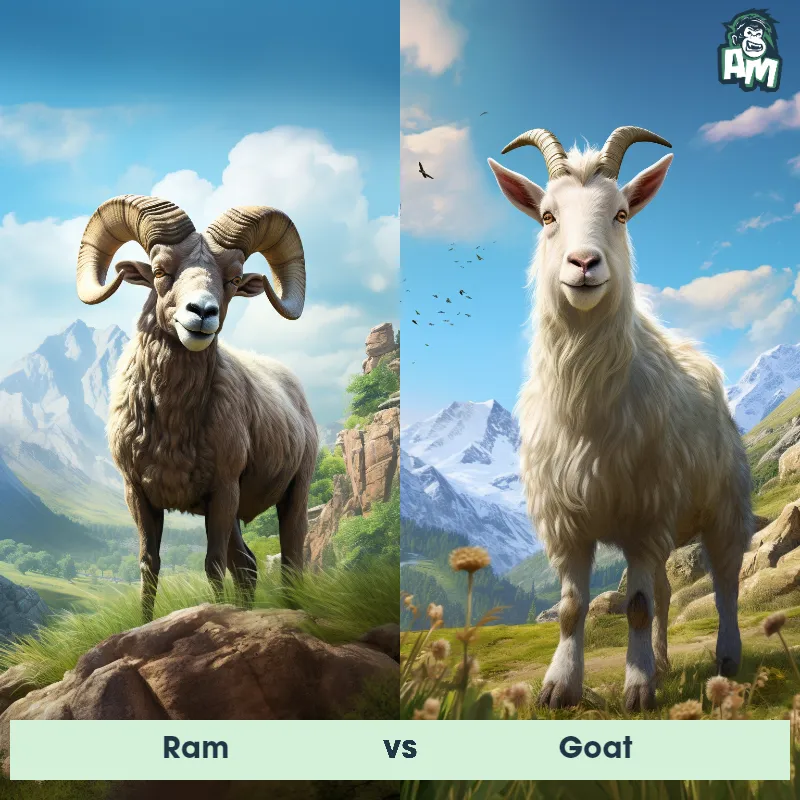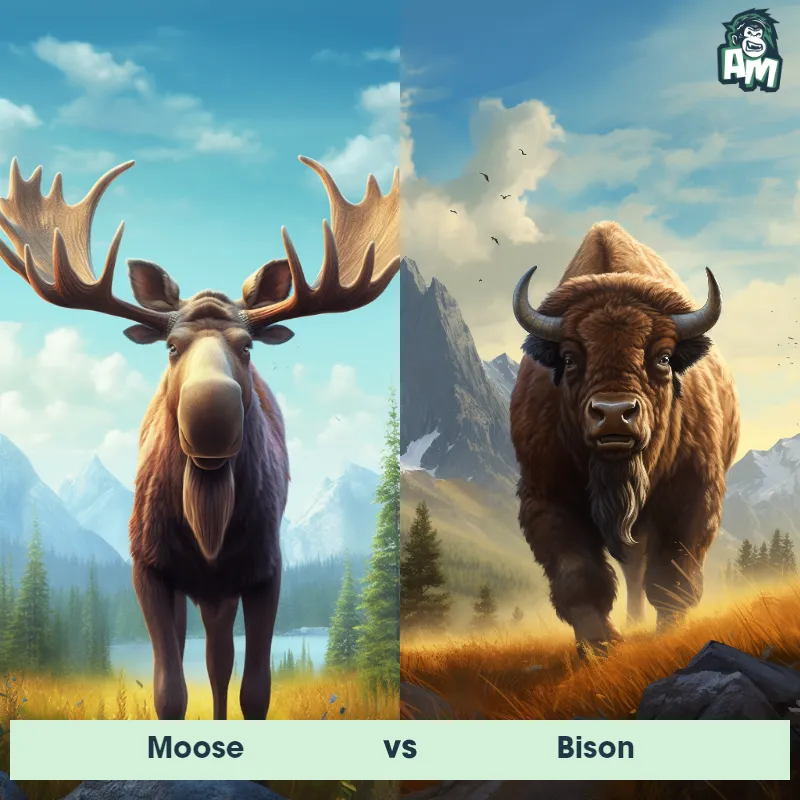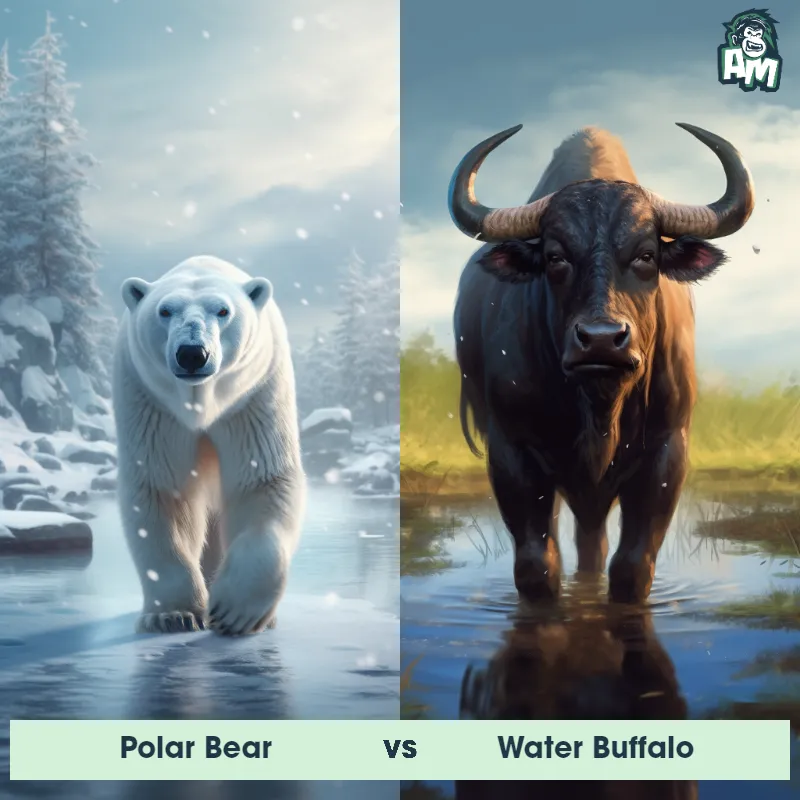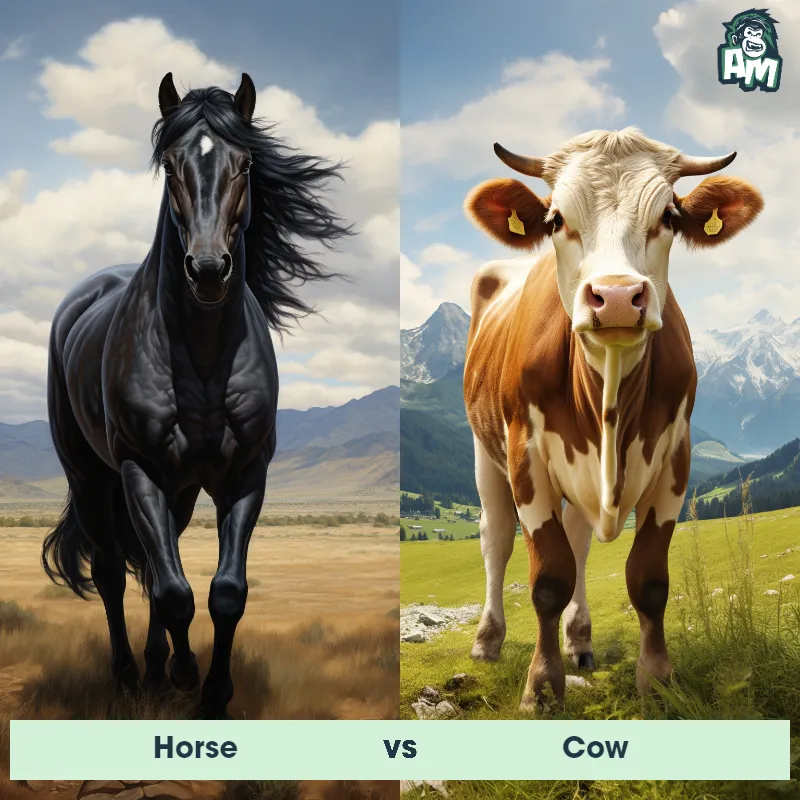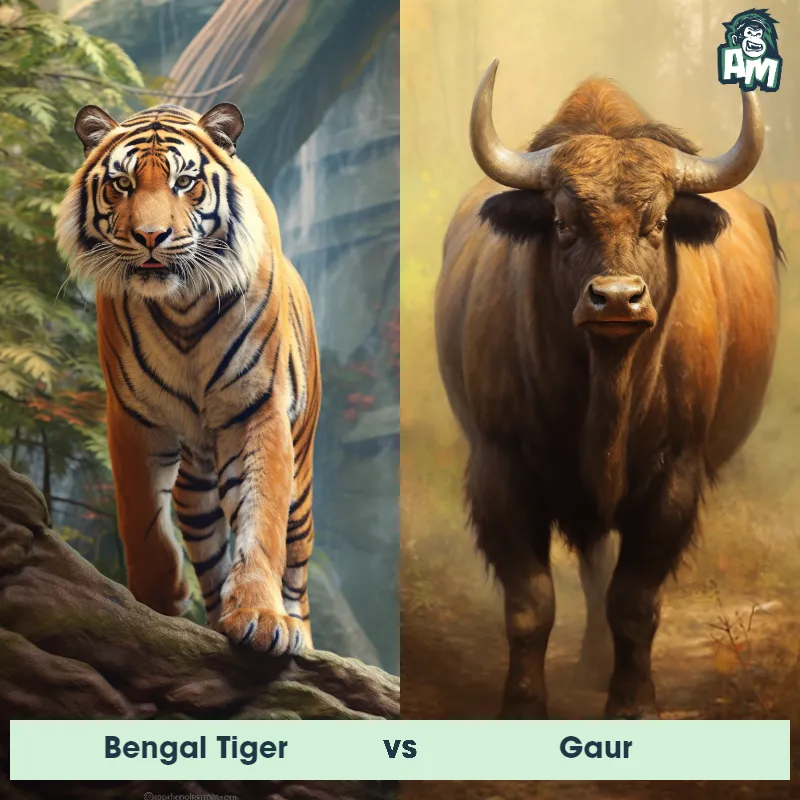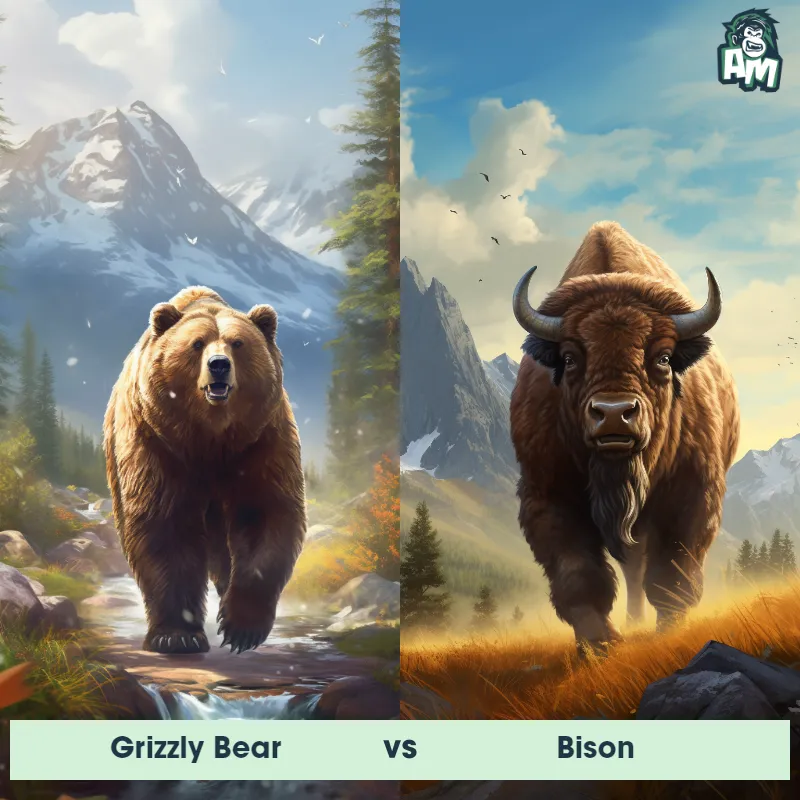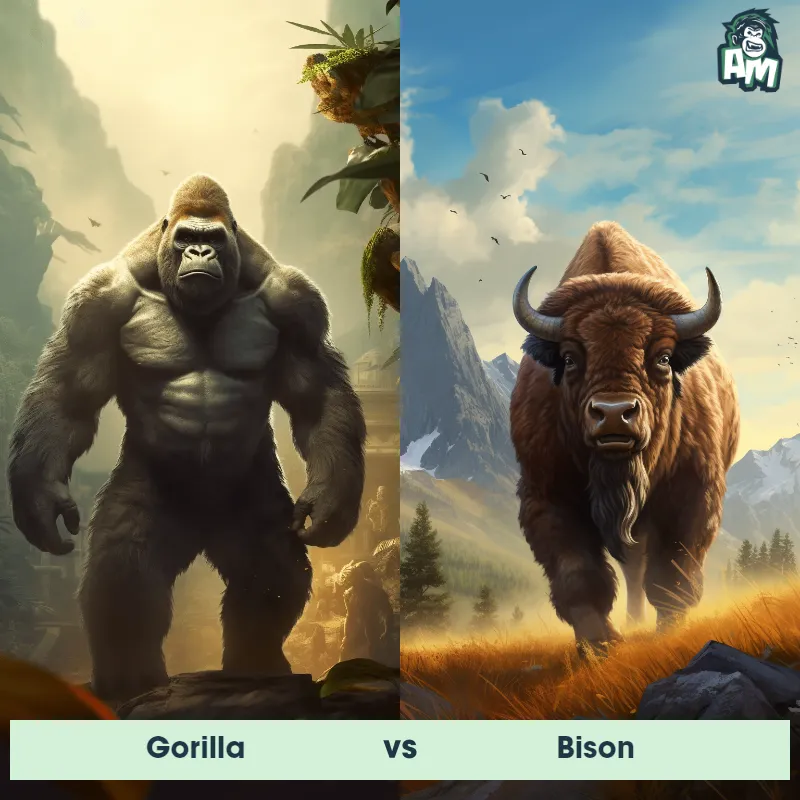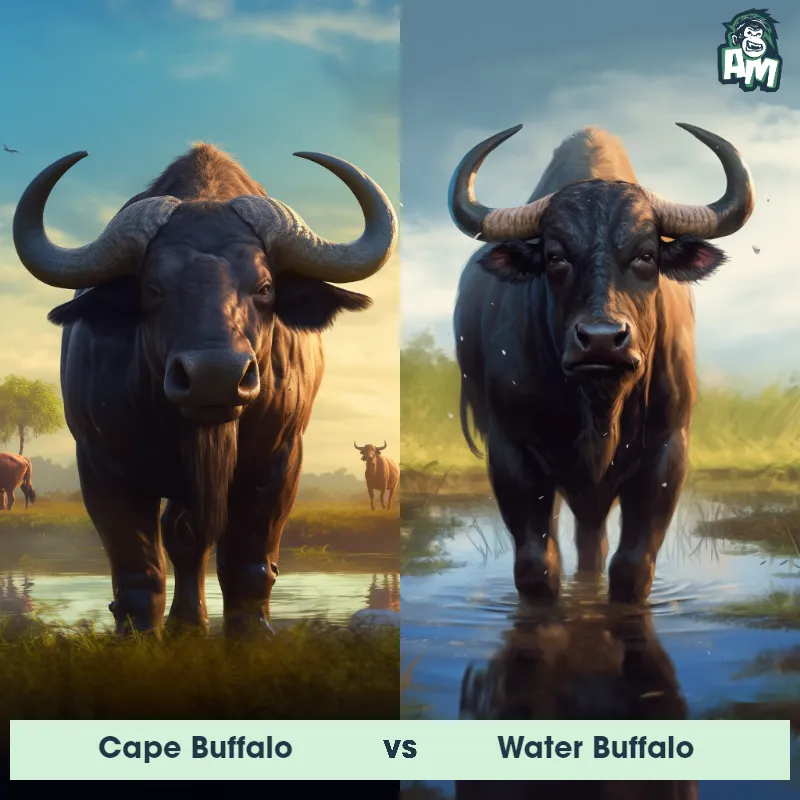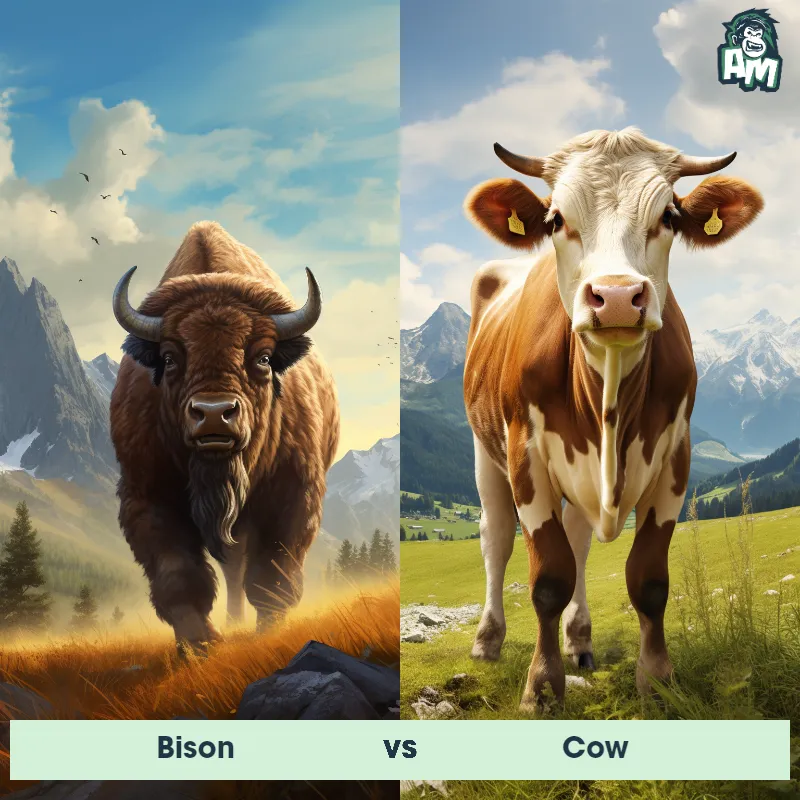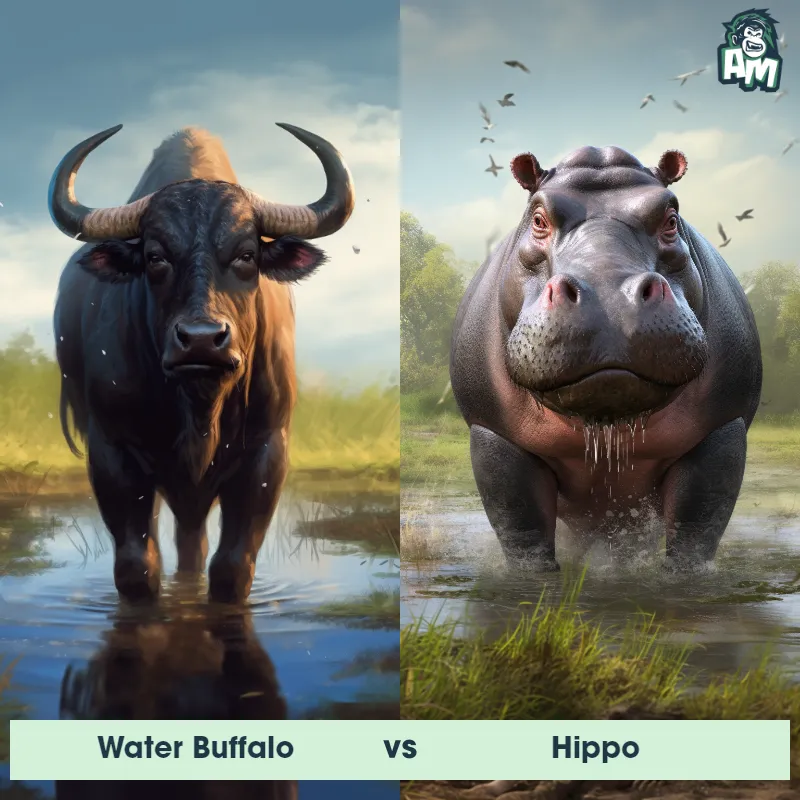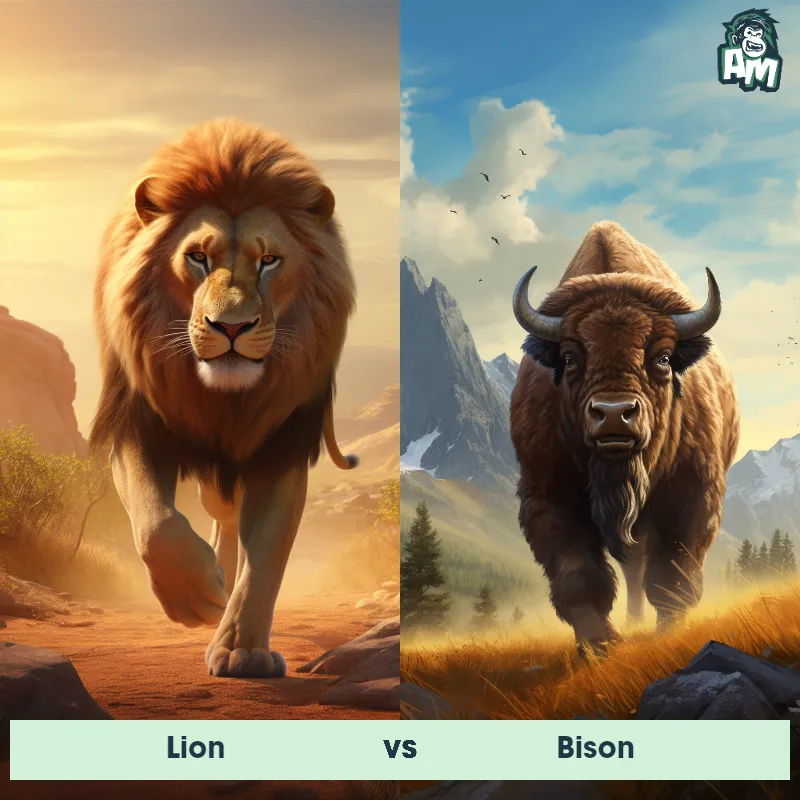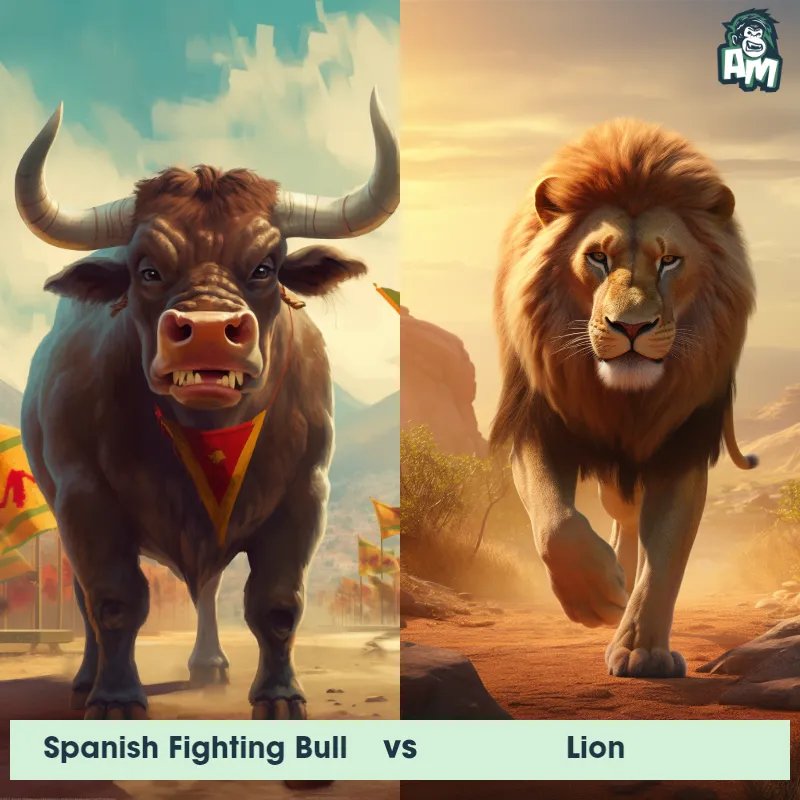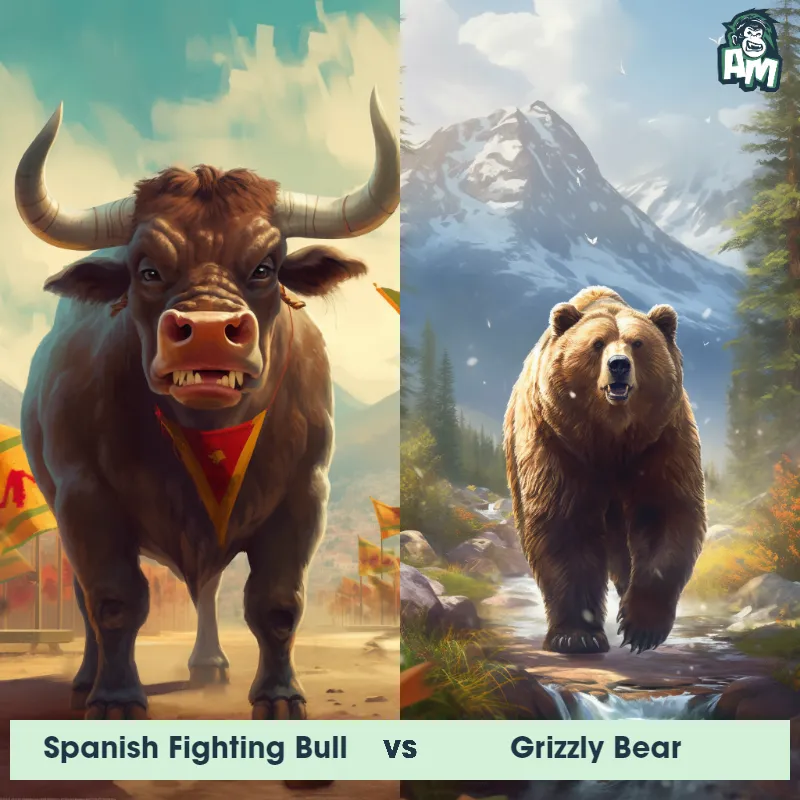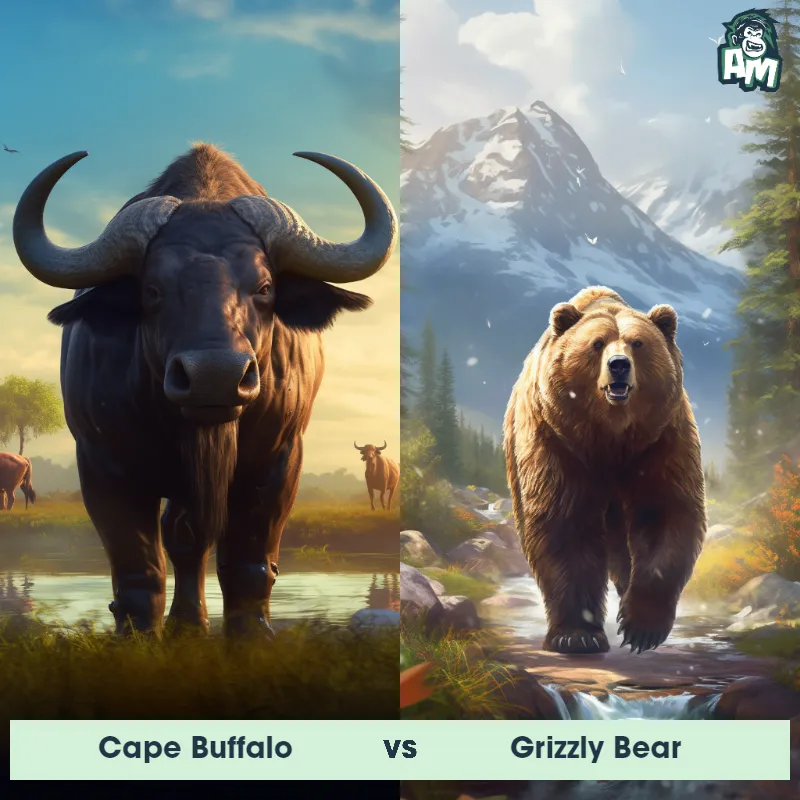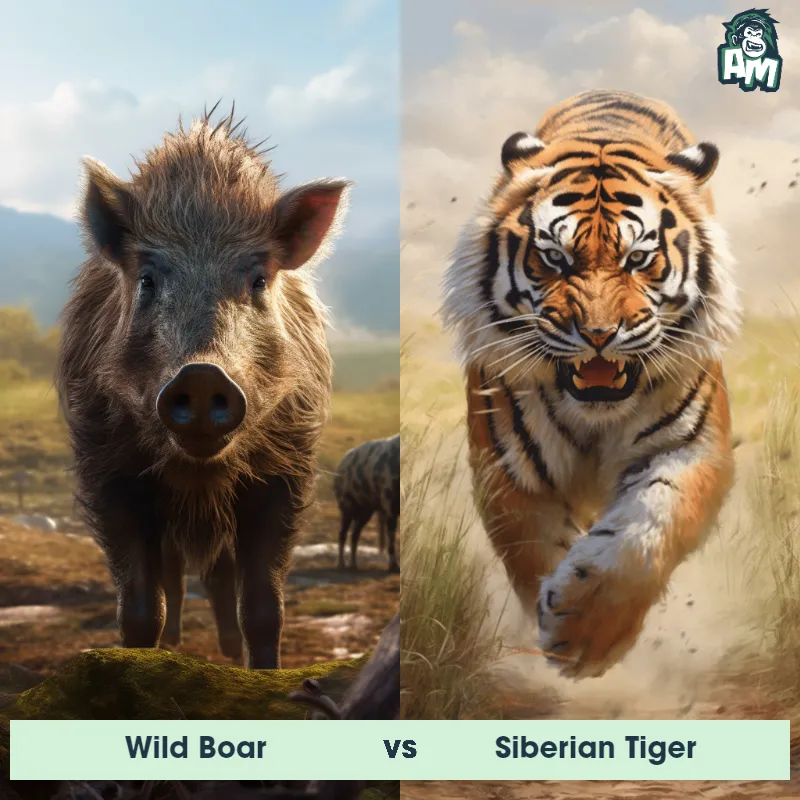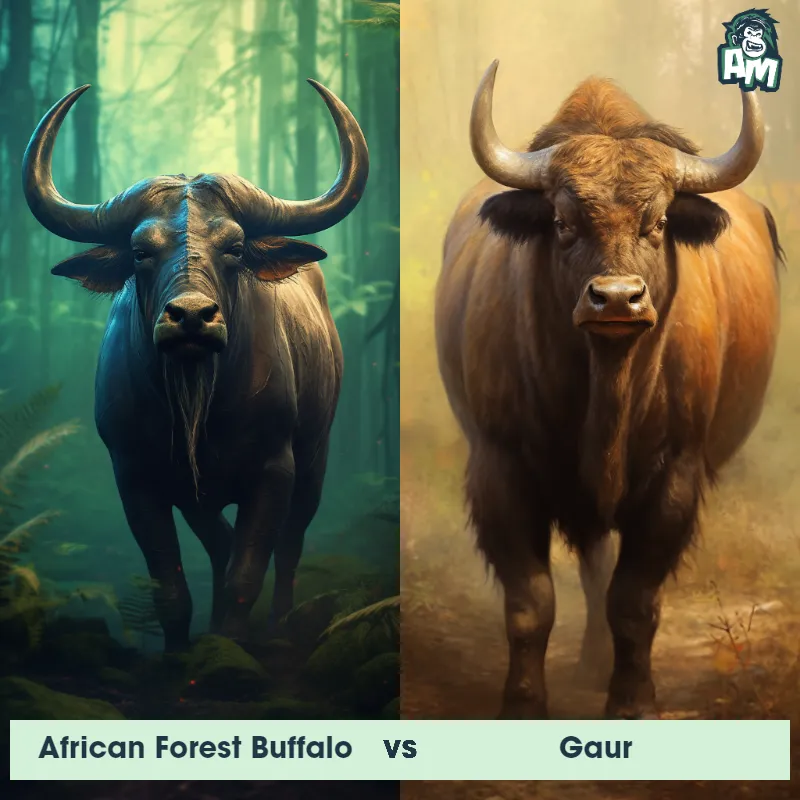Wild Boar vs Spanish Fighting BullSee Who Wins

Welcome to this thrilling match-up between two incredibly powerful animals: the Wild Boar and the Spanish Fighting Bull! These two formidable opponents are known for their aggressive behavior and strength, promising an exciting battle. I'll be providing a play-by-play account of this three-round match, so let's dive right in!
Contender 1: Wild Boar
The Wild Boar, also known as the feral pig, is a large, omnivorous mammal that can weigh up to 300 pounds and stand up to 3 feet tall at the shoulder. They have a distinctive snout and tusks, which they use for digging and defense. Wild Boars are found in many parts of the world, including Europe, Asia, and North America, and are known for their aggressive behavior and destructive impact on ecosystems.
Fun Fact: Wild Boars are excellent swimmers and can cross rivers and lakes with ease, making them difficult to contain or control.
Contender 2: Spanish Fighting Bull
The Spanish Fighting Bull, also known as toro bravo, is a breed of cattle that is primarily bred for bullfighting. They are muscular and agile animals with a distinctive appearance, featuring a short, broad head, a muscular neck, and a powerful body. Their coat is typically a shade of brown or black, with white markings on the face and legs. These bulls are known for their aggressive temperament and are considered one of the most dangerous animals in the world.
Fun Fact: Spanish Fighting Bulls have a unique ability to remember their opponents, making them even more dangerous in the bullfighting ring.
Matchup Stats
| Wild Boar | Spanish Fighting Bull | |
|---|---|---|
| Size | Up to 3 feet tall at the shoulder (91.44 cm), length up to 6 feet (1.83 m) | 4.5-5.5 feet (1.4-1.7 meters) at the shoulder |
| Weight | Up to 300 pounds (136.08 kg) | 1,100-1,500 pounds (500-700 kilograms) |
| Speed | Speed: 30 mph (48.28 km/hr) | Speed: 35 mph (56.3 km/hr) |
| Key Strength | Powerful tusks and aggressive behavior | Aggressiveness and agility |
| Biggest Weakness | Poor eyesight | Vulnerability to certain matador techniques |
Current Votes
Wild Boar vs Spanish Fighting Bull
See Who Wins
Match Highlights
View More Matches
Looking For More?
Similar Matches
Scientific Stats
| Wild Boar | Spanish Fighting Bull | |
|---|---|---|
| Scientific Name | Sus scrofa | Bos taurus |
| Family | Suidae | Bovidae |
| Habitat | Forests, grasslands, and wetlands | Grasslands and open forests |
| Geography | Europe, Asia, and North America | Spain and Portugal |
| Diet | Omnivorous, eats roots, tubers, insects, small mammals, and carrion | Grasses and grains |
| Lifespan | 8 years - 18 years | 5 years - 6 years |
Key Differences between Wild Boar and Spanish Fighting Bull
- Head Shape: Wild Boars have a more rounded head shape with a prominent snout, while Spanish Fighting Bulls have a more angular head shape with a prominent forehead.
- Fur Texture: Wild Boars have a coarse, bristly fur texture, while Spanish Fighting Bulls have a smoother, shinier fur texture.
- Tail: Wild Boars have a short, curly tail, while Spanish Fighting Bulls have a long, straight tail.
- Size: Wild Boars are generally smaller than Spanish Fighting Bulls.
- Coat Color: Wild Boars have a dark brown or black coat with lighter underbelly, while Spanish Fighting Bulls have a range of coat colors including black, brown, and white.
- Body Shape: Wild Boars have a stocky, compact body shape, while Spanish Fighting Bulls have a more elongated and muscular body shape.
- Horns: Wild Boars have curved tusks, while Spanish Fighting Bulls have straight horns that curve upwards.
- Ears: Wild Boars have small, pointed ears, while Spanish Fighting Bulls have large, pointed ears.



